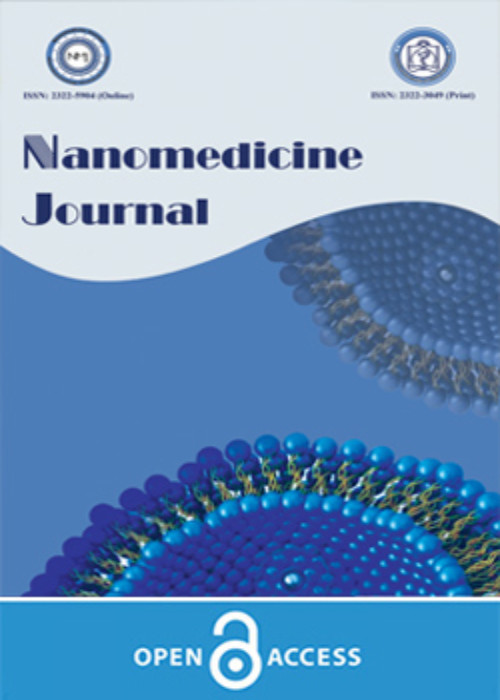A novel three-dimensional printing of electroconductive scaffolds for bone cancer therapy application
Tissue engineering aims to achieve a tissue, which has highly interconnected porous microstructure concurrent with appropriate mechanical and biological properties.
Therefore, the microstructure scaffolds are of great importance in this field. In the present study, an electroconductive poly-lactic acid (EC-PLA) filament used to fabricate a porous bone scaffold. For scaffolds model designed, solid-work software was used. Then, the designed modeled was transferred to simplify 3D to laminated with its G-Code file for fused deposition modeling (FDM) printer to create a scaffold with porosity around 65-75%. Two different shapes were designed and fabricated (cylindrical and cubic shape). The samples were coated with hydroxyapatite (HA) nanoparticle to enhance its chemical stability. In this study, the X-ray diffraction (XRD) confirmed that the EC-PLA is non-crystalized and scanning electron microscopy (SEM) used to present the apatite formation on the surface of porous scaffolds. The compression test, fracture toughness, and hardness were measured. The biological response in the physiological saline was performed to determine the rate of degradation of EC-PLA in phosphate buffer saline (PBS) and the apatite formation in the simulated body fluid (SBF) after 14 days.
Finally, the biocompatibility of the porous architecture was monitored using human gum (HuGu) cells. The ABAQUS modeling simulation was used to compare the experimental and analytical results. The obtained results showed that by applying force to both cylindrical and cubic scaffold, the Von Mises Stress (VMS) could withstand the scaffold mentioned above at 9.7-11 MPa.
Therefore, it can be concluded that prepared porous scaffolds have a high potential in bone tissue engineering and probably the treatment of tumor-related bone defects as photothermal therapy. The porous EC-PLA scaffold was successfully fabricated and showed appropriate compressive strength (39.14 MPa), with controllable porosity of 60-70 %, which is a suitable candidate for replacing in bone tissues.
- حق عضویت دریافتی صرف حمایت از نشریات عضو و نگهداری، تکمیل و توسعه مگیران میشود.
- پرداخت حق اشتراک و دانلود مقالات اجازه بازنشر آن در سایر رسانههای چاپی و دیجیتال را به کاربر نمیدهد.


